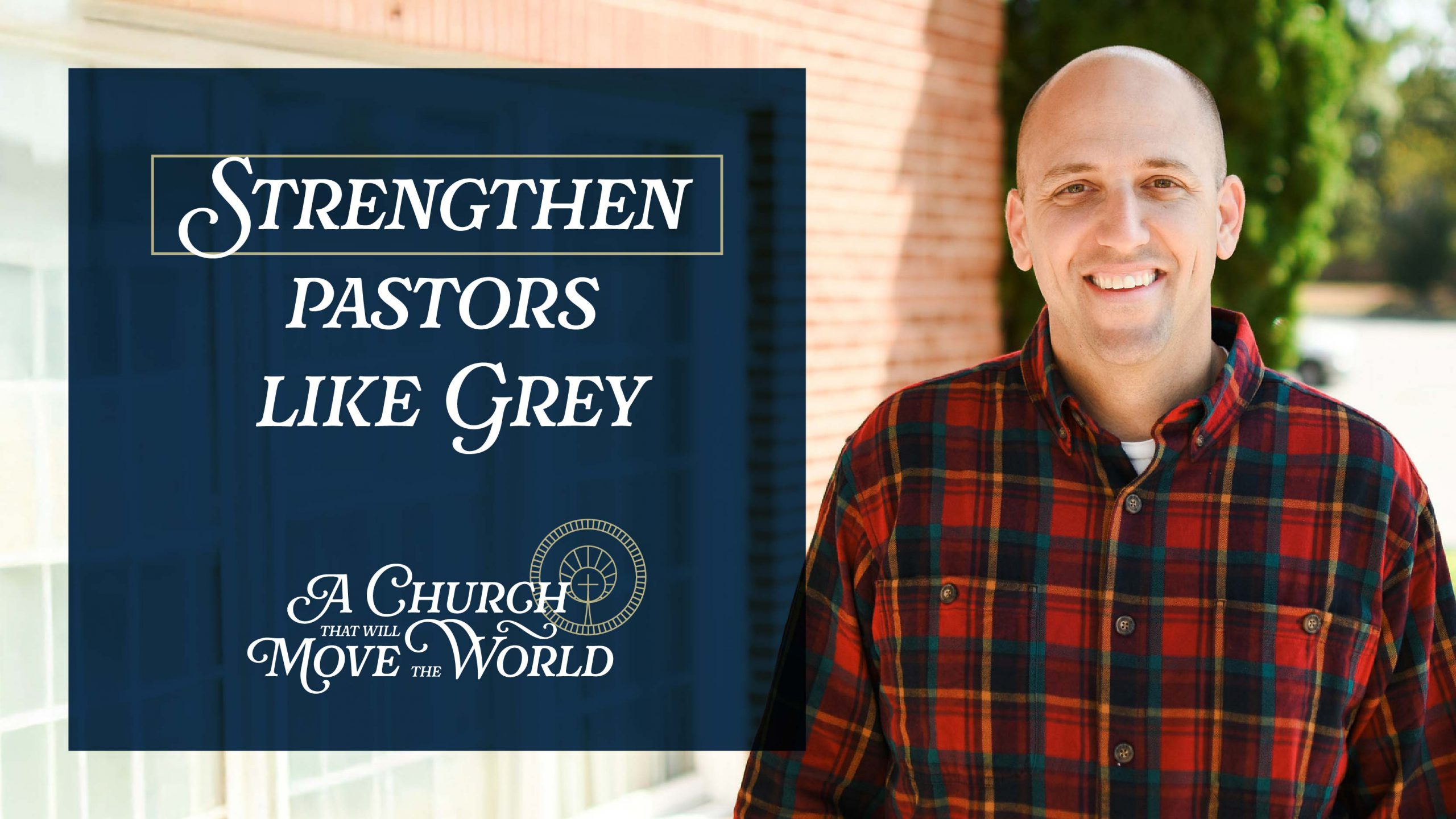

BreakPoint
Values and Violence
Recently members of two rival gangs clashed in the hallway of a Washington, D.C., school. When security guards came to break up the fight, shots rang out: A 14-year-old boy had shot one of the guards with a gun hidden in his jacket pocket. As crime in schools escalates, there's a growing movement for something called "character education." One of the leaders of the movement is William Kilpatrick, author of the book Why Johnny Can't Tell Right from Wrong. Nearly three million crimes are committed on school property every year, Kilpatrick writes. A survey of high school students found that 21 percent are afraid to use school restrooms. The problem is not that students aren't getting any values education. "In fact," says Kilpatrick, "more attention and research has been devoted to moral education in recent years than at any [other] time in our history." The problem is that most of these programs have been resounding failures. Why? Because they are based on the wrong moral philosophy-a philosophy that reduces morals to a matter of personal "likes" and "dislikes." Those are the very words used by Sidney Simon, a guru of values education, in an interview with Newsweek. In his approach, Simon explains, "children's responses are never judged right or wrong." Every decision is treated as a matter of personal taste, no different from deciding between Coke and Pepsi. But the decision-making approach, as it is often called, makes real moral education impossible. Kilpatrick tells the story of a teacher who used Simon's approach with low-achieving eighth-graders. The program told students to list the things they loved doing. It turned out the most popular activities were "sex, drugs, drinking, and skipping school." The teacher was hamstrung, Kilpatrick says. Her students had clarified their values, and Simon's system gave her no way to persuade them otherwise-no way to challenge them to aim for something higher in life. Lawrence Kohlberg, another leader in values education, ran into the same dead-end when he worked with prisoners. Kohlberg's approach uses moral dilemmas, like a story about a man whose wife is sick and needs an expensive medicine. After spending all his money to buy the medicine, the man is tempted to begin stealing it. What should he do? The prisoners answered without hesitation: Of course he should steal the medicine, they said. What "we wanna know," they told Kohlberg, is "why the stupid husband didn't steal it in the first place." These stories paint a dark picture of what's wrong with the decision-making approach to values education: It encourages people to look inside for answers to questions of right and wrong. The Bible teaches that human beings are fallen, with a deep-rooted attraction to evil; if we take our impulses as our only guide we are certain to be led astray. If we really want a solution to crime—in our schools and in our prisons—we need programs that train people in virtue. That's what "character education" is all about. Tomorrow I'll talk about some successful programs in developing virtuous character.
08/9/94















